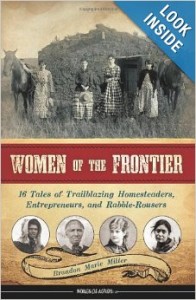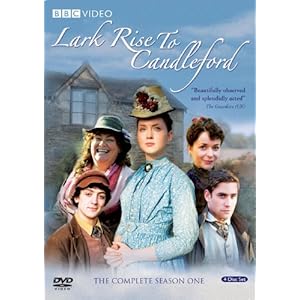 Women of the Frontier: 16 Tales of Trailblazing Homesteaders, Entrepreneurs, and Rabble-Rousers by Brandon Marie Miller.
Women of the Frontier: 16 Tales of Trailblazing Homesteaders, Entrepreneurs, and Rabble-Rousers by Brandon Marie Miller.
This collective biography/history was a fascinating book, although I found myself skimming the explanatory material at the beginning of each chapter to go directly to the stories of the women themselves. Some of the women I knew something about: Margret Reed, a survivor of the ill-fated Donner Party; Narcissa Whitman, missionary to Oregon; Carry Nation, prohibition campaigner; and Cynthia Ann Parker, captive of the Comanches and mother to Quanah Parker, famous Comanche chief.
Even about these women I learned new things:
According to the author, Narcissa Whitman grew to nearly despise the Native Americans she traveled to Oregon to minister to and convert.
After years of “smashing” saloons to protest the evils of alcohol, Carry Nation settled in Eureka Springs, Arkansas and opened a home for the (abused) wives of alcoholics. The home was called Hatchet Hall.
Indian captive Cynthia Ann Parker was taken back from the Comanches when her son Quanah was only twelve years old, and she thought he was dead. She did not know that he became a great warrior chief of the Comanche.
Then, there were the many seemingly ordinary, actually extraordinary, women who managed to survive a life of hardship and vicissitudes that would have put me into an early grave. Amelia Stewart Knight traversed the Oregon Trail, “out of one mud hole into another all day.” And she was four months pregnant when she and her husband and their seven children left Iowa to head for Oregon. Luzena Wilson learned that she could make more money by cooking and cleaning for the 49ers in the California gold fields than she or her husband could by mining. Then, she learned by experience with both that a fire or flood could destroy everything she had built and earned, and she learned to start all over again.
Mary Lease fought for government regulation of the railroads, the graduated income tax, the direct election of senators, and suffrage for women. She lived to see all of these things enshrined in law. Sarah Winnemucca and Susette La Flesche, on the other hand, both championed the rights of Native Americans, but lived to see most of the promises of the U.S. government to the Native peoples broken and the Native people themselves mistreated and disrespected.
I was inspired and a bit humbled by the stories of these ladies. Again, I’m not sure how I would have done, given their circumstances and faced with their choices. I’d like to say that I would have persevered and made a life despite the difficulties and adversities they faced, but I don’t really know.
Said one Kansas woman:
“It might seem a cheerless life, but there were many compensations: the thrill of conquering a new country; the wonderful atmosphere; the attraction of the prairie, which simply gets into your bloom and makes you dissatisfied away from it; the low-lying hills and the unobstructed view of the horizon; and the fleecy clouds driven by the never failing winds.”
Maybe those things, and more, were enough.











